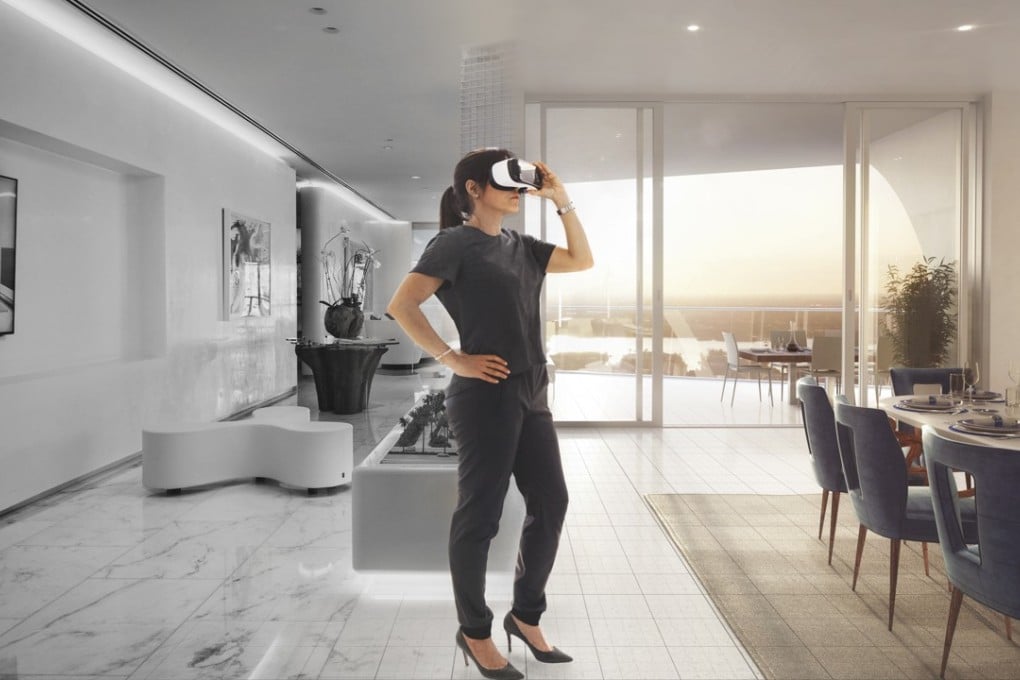Concrete Analysis | How virtual reality will revolutionise sales and marketing in the real estate industry

The application of virtual reality technology in the real estate industry is relatively mature in Western countries, with some well-known companies starting VR model tests in the architectural design field and expecting its use to be commonplace within five years.
Based on a residence called Ty Hedfan in South Wales, British company IVR Nation has built a VR model with 90 per cent fidelity, where the design of walls, floors, and furniture can be easily adjusted.
In the context of China, Modern Land funded 51 Wofang is the most representative company. Its VR1.0 products are established in five major North American cities and more than 40 cities in China, including Beijing, Shanghai, Guangzhou and Shenzhen, as well as many second-tier counterparts.
51 Wofang also operates VR research and development (R&D) centres in Beijing, Silicon Valley and Chengdu that have the potential to serve over 100,000 clients.
The upgraded VR prototype houses are reaching the markets with their capabilities optimised and the use of AI interpreters, online connection and large outdoor landscape scenes. Customers can interrupt the AI robot at any time to raise questions, while the online platform enables multiple experiences to happen simultaneously.
At the same time, VR products have mainly been used for customer experiences in sales offices. The majority of them have their usefulness underestimated, serving merely as a marketing gimmick. However, if used properly and effectively VR models have the potential to revolutionise promotion and marketing in the real estate industry and facilitate the development of customisation services. It is expected that in the near future when the VR equipment becomes more portable, the house inspection and selection process can be completed online with the use of a mobile device, thus enhancing the customers’ experience and improving industry efficiency.
